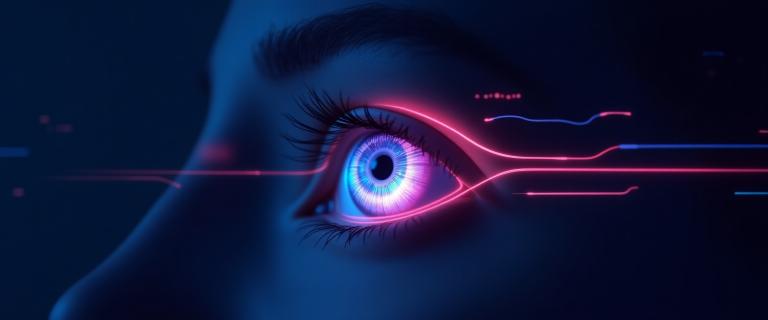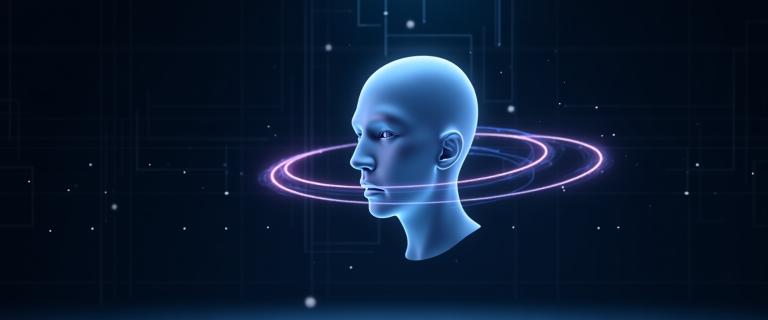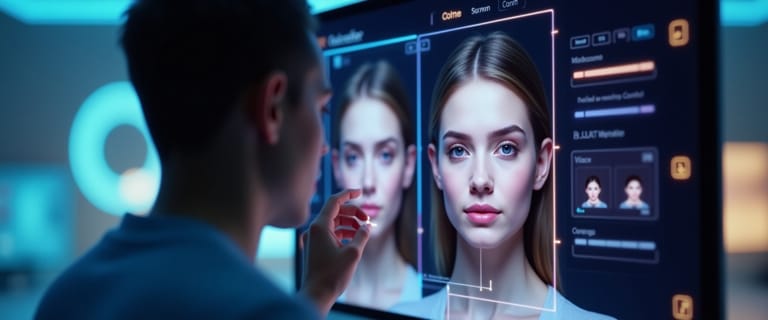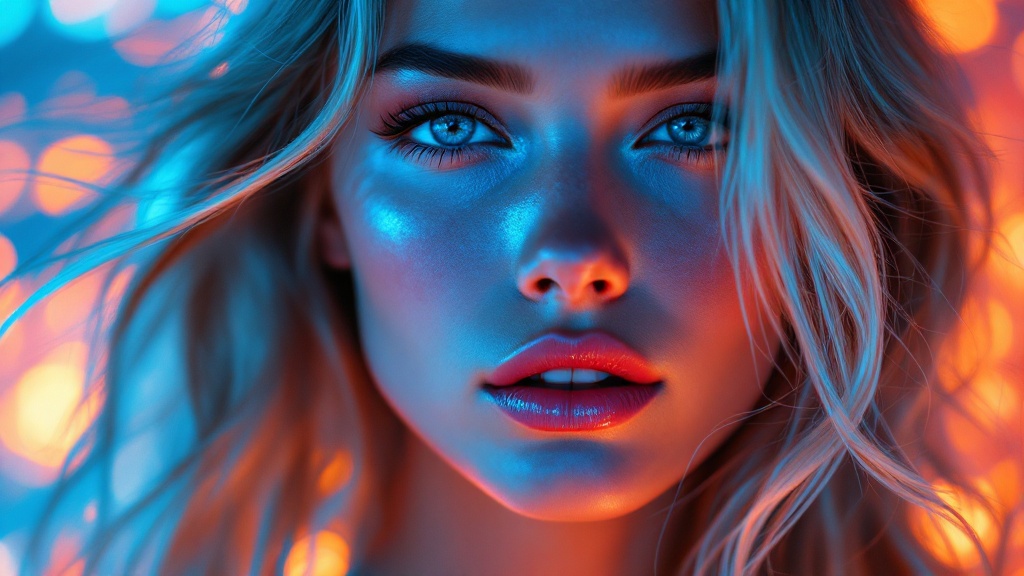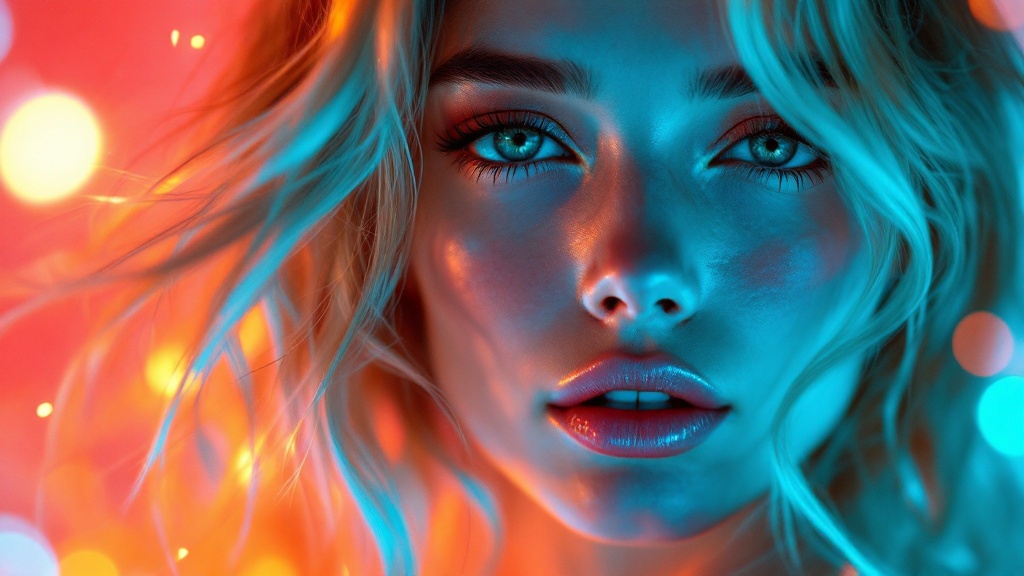In portrait photography, the perfect shot is often a matter of millimeters and milliseconds. A slightly downturned mouth, a half-closed eye, or a stiff pose can completely alter the mood of an image. For decades, fixing these issues was a complex, time-consuming task reserved for expert photo retouchers. But the rise of artificial intelligence has created a new class of tools that are powerful, fast, and accessible to everyone.
This guide provides a deep dive into the landscape of facial expression editing tools in 2025. We'll compare the leading options, from specialized AI platforms to traditional industry-standard software, to help you choose the right one for your creative needs.
Two Paths to the Perfect Expression: AI vs. Traditional Editing
Fundamentally, there are two main approaches to editing facial expressions:
- Traditional Manual Editing: This method relies on the artist's skill to directly manipulate the pixels of an image. It offers ultimate control but demands significant technical expertise and time.
- AI-Powered Editing: This modern approach uses an AI model trained on vast datasets of faces. The user provides high-level direction (e.g., "make the person smile more"), and the AI executes the complex anatomical and lighting adjustments automatically.
The Comparison: Which Tool Reigns Supreme?
1. Expression Editor AI — The Specialized AI Powerhouse
Expression Editor AI is a platform built from the ground up specifically for facial expression and animation. It represents the pinnacle of the AI-powered approach, combining a comprehensive feature set with remarkable ease of use.
Key Strengths:
- An Integrated Suite: It's not just one tool, but an entire ecosystem for expression editing. This includes Face Edit for photos, Animate for creating videos from a single image, and advanced tools like Emotion Sync to transfer expressions between photos.
- Granular Control with Simplicity: Offers precise, intuitive sliders for every aspect of the face—head position, eye controls (blink, gaze, brows), and mouth adjustments (smile, shape).
- Advanced AI Capabilities: Goes beyond basic edits with features like Magic Edit (using text prompts to make changes), Scene Swap (changing backgrounds), and Face Clone (creating stylized portraits).
- Speed and Efficiency: What takes hours in traditional software can be accomplished in minutes, without a steep learning curve.
- Hyper-Realistic Results: The AI is trained to understand facial anatomy, ensuring that adjustments to one part of the face (like a smile) realistically affect other parts (like the cheeks and eyes).
Best For: Photographers, marketers, content creators, and businesses who need consistently high-quality, professional-looking results quickly and efficiently.
2. Adobe Photoshop — The Traditional Industry Standard
Photoshop is the undisputed king of manual photo editing. If something is possible in photo manipulation, it's possible in Photoshop—provided you have the skill.
Key Strengths:
- Pixel-Perfect Control: With tools like Liquify, Puppet Warp, and manual compositing, you have absolute control over every detail.
- Versatility: It's an all-in-one editor for everything from graphic design to 3D modeling, not just photo retouching.
- Extensive Resources: A massive community and countless tutorials are available to help you learn.
Key Weaknesses:
- Steep Learning Curve: Mastering its tools for realistic expression editing can take years of practice.
- Incredibly Time-Consuming: A single, convincing smile adjustment can take hours of meticulous blending and painting.
- Risk of Unnatural Results: Without a deep understanding of facial anatomy and light, it's very easy to create an "uncanny valley" effect.
Best For: Professional high-end retouchers and digital artists whose work demands absolute manual control and who have the time and expertise to invest.
3. Luminar Neo (Skylum) — The Generalist AI Editor
Luminar Neo is a popular photo editor that has successfully integrated many AI features into a traditional workflow. It's a great tool for general photo enhancement.
Key Strengths:
- User-Friendly AI Tools: Offers AI-powered tools for sky replacement, portrait enhancement (skin smoothing, eye enhancement), and more.
- Good for Overall Image Improvement: It excels at making a photo look better with a few clicks.
Key Weaknesses:
- Limited Expression Control: While it has "Face AI," the controls for expression are very basic, often limited to a simple "smile" slider. It lacks the deep, granular controls of a specialized tool.
- Less Specialization: It's a jack-of-all-trades, master of none. The focus is on broad enhancements, not deep, specific tasks like expression editing.
Best For: Hobbyist photographers and creators who want an easy-to-use tool for general photo improvements and are satisfied with basic expression tweaks.
4. Facetune & Mobile Editors — The Quick Touch-Up Solution
Facetune and similar mobile apps are designed for one thing: quick, easy edits for social media on a mobile device.
Key Strengths:
- Extremely Easy to Use: Built for a casual audience with simple sliders.
- Fast: Delivers results in seconds.
Key Weaknesses:
- Often Unnatural: Famous for creating an overly smooth, artificial look.
- Very Limited Control: Adjustments are broad and lack subtlety.
- Mobile-Only: Not suitable for a professional desktop workflow.
Best For: Social media users and influencers who need to make very basic, fast touch-ups on the go.
5. Midjourney & DALL-E 3 — The Generative Approach
These are not photo editors; they are image generators. It's a critical distinction. You can use them to create images of people with specific expressions, but you cannot use them to reliably edit an existing person's photo.
Key Strengths:
- Infinite Creativity: Can generate entirely new scenes and characters from a text prompt.
Key Weaknesses:
- No Likeness Preservation: You cannot upload a photo of a specific person and simply change their expression. The AI will generate a new person who resembles your prompt, but the identity will be lost.
- Zero Control: You are entirely reliant on the AI's interpretation of your text prompt.
Best For: Artists and designers looking to create new, original characters and concepts, not for editing existing photographs.
Feature Breakdown: Head-to-Head
| Feature | Expression Editor AI | Adobe Photoshop | Luminar Neo | Facetune | Midjourney/DALL-E |
|---|---|---|---|---|---|
| Primary Function | Specialized Expression Editing | Manual All-in-One Editor | General AI Editing | Mobile Touch-up | Image Generation |
| Ease of Use | Excellent | Poor | Very Good | Excellent | Good |
| Speed | Excellent | Poor | Good | Excellent | Very Good |
| Realism | Excellent | Depends on Skill | Good | Poor | N/A |
| Preserves Likeness | Yes | Yes | Yes | Yes | No |
| Advanced Expression Tools | Yes (Extensive) | No (Manual Tools) | No (Basic) | No (Very Basic) | No |
Conclusion: The Right Tool for the Right Job
While the market is full of "photo editors," the best tool for you depends entirely on your needs.
- For absolute manual control, Photoshop remains the industry standard, but requires a master's touch.
- For quick mobile edits, Facetune gets the job done, but often at the cost of realism.
- For creating new AI art, generative tools like Midjourney are in a class of their own.
But for the specific, critical task of editing facial expressions in existing photos, Expression Editor AI stands out as the clear leader. It offers the perfect synthesis of power, control, and ease of use, delivering professional, natural-looking results in a fraction of the time of its competitors.
Ready to see the difference for yourself? Try Expression Editor AI and unlock the true potential of your portraits.
